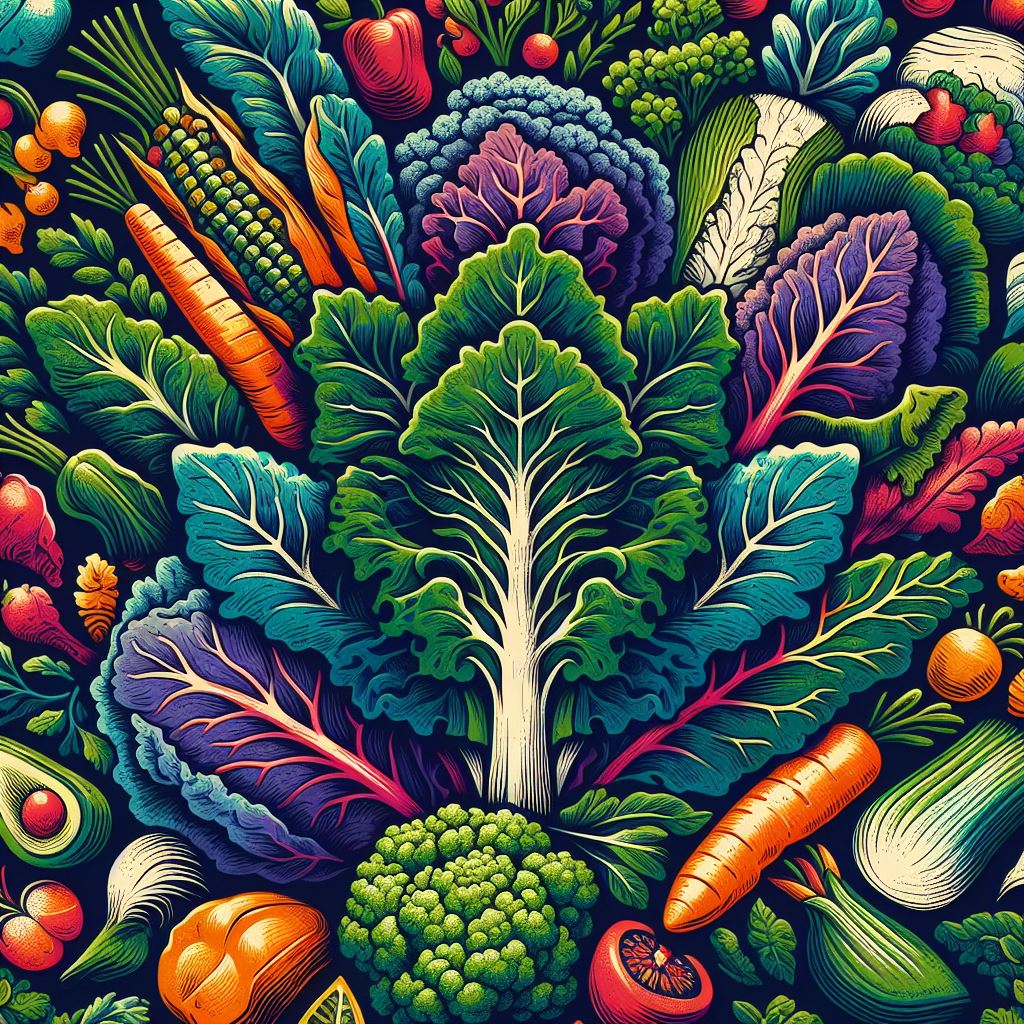Today, we’re not just building a plate; we’re crafting an altar to the gods of vitality, vigor, and verve. Gone are the days of sad, limp salads and diet foods that taste like cardboard dipped in despair. No, my friends, we’re on a quest to transform our meals from zero to hero, one power food at a time. Grab your capes (or aprons)—it’s time to make your kitchen the most powerful place on Earth.
Table of Contents
The Pantheon of Power Foods

In the realm of eatables, power foods are the Olympians—each one packed with the might to fuel your body, ward off villains like disease and fatigue, and maybe even help you leap tall buildings in a single bound. Or at least feel less like lying down after taking the stairs.
- Quinoa: The versatile queen of grains (though technically a seed), quinoa wears its crown of complete protein with grace, offering all nine essential amino acids your body screams for during a workout.
- Blueberries: These little blue orbs of bliss are the superheroes of antioxidants, fighting off the nefarious free radicals with the ferocity of a matriarch protecting her brood.
- Spinach: If it’s good enough for Popeye, it’s good enough for you. Spinach is the leafy green powerhouse packing iron, magnesium, and folate into every bite.
But why stop there? Our plate needs a full assembly of avengers.
Crafting Your Power Plate
Behold, the blueprint to a plate that would make even Hercules feel like he’s been slacking at the gym:
| Power Food | Superpower | Serving Suggestion |
|---|---|---|
| Salmon | Omega-3 fatty acids for heart health | Grilled with a squeeze of lemon |
| Kale | Vitamins A, C, K, and loads of minerals | Massaged kale salad |
| Sweet Potatoes | Beta-carotene and fiber | Roasted cubes with a dash of cinnamon |
| Walnuts | Brain-boosting fats | Tossed in salads or as a snack |
| Avocado | Healthy fats and nearly 20 vitamins and minerals | Sliced on literally everything |
With this table, your meals can go from “meh” to “more, please” without sacrificing flavor or fun. It’s about making every bite count, turning nutrition into your secret weapon against the mundane.
From Plate to Powerhouse
Creating a plate teeming with power foods is more than just a culinary endeavor; it’s a rebellion against the processed and the lackluster. It’s about seizing the spatula of destiny and declaring, “Today, I choose vitality!” With each meal, you’re not just eating; you’re curating a museum of magnificence within your cells.
Remember, the key to wielding this power is variety. Mixing and matching these foods not only wards off dietary boredom but ensures you’re getting a symphony of nutrients, each playing their part in keeping you at peak performance.
Questions? Queries? Quandaries?
How do I integrate power foods into my diet without breaking the bank?
- A: Power doesn’t have to come at a price. Focus on seasonal produce, buy in bulk, and remember, frozen is often just as nutritious as fresh.
Can power foods actually change how I feel?
- A: Absolutely. Imagine your body as a high-performance engine—give it premium fuel, and you’ll notice the difference, from energy levels to mental clarity.
Are superfoods just a trend?
- A: While the term “superfood” might be a marketing darling, the concept isn’t new. Foods densely packed with nutrients have been the foundation of healthy diets for centuries.
I’m a picky eater. How can I make these foods more palatable?
- A: Experiment with different preparations. Roasting vegetables brings out their natural sweetness, and herbs and spices can transform any dish.
What’s the single most important power food I should be eating?
- A: There’s no silver bullet, but starting with leafy greens is always a good bet. They’re versatile, nutrient-dense, and easy to incorporate into any meal.
And so, as we bring our culinary crusade to a close, remember this: building your plate with power foods isn’t just about feeding your body; it’s about empowering your life, one delicious bite at a time. Whether you’re scaling the corporate ladder, running marathons, or simply chasing after your kids, what you eat lays the foundation for your greatest feats.
Now, go forth and conquer your kitchen with the might of Zeus and the wisdom of Athena. May your plates be plentiful, your palate pleased, and your vitality vibrant. Until next time, stay powerful, stay playful, and never forget—the greatest power of all is the one that resides within you. Cheers to your health!






